This week, I focused on the question: What possibilities does the new workspace provided by UV mapping bring to book design?
The book I filled into the UV grid is Disegno #33, a design magazine. It contains many designs involving bleed, makes me wonder what lies beyond the edges of the pages where these images extend.
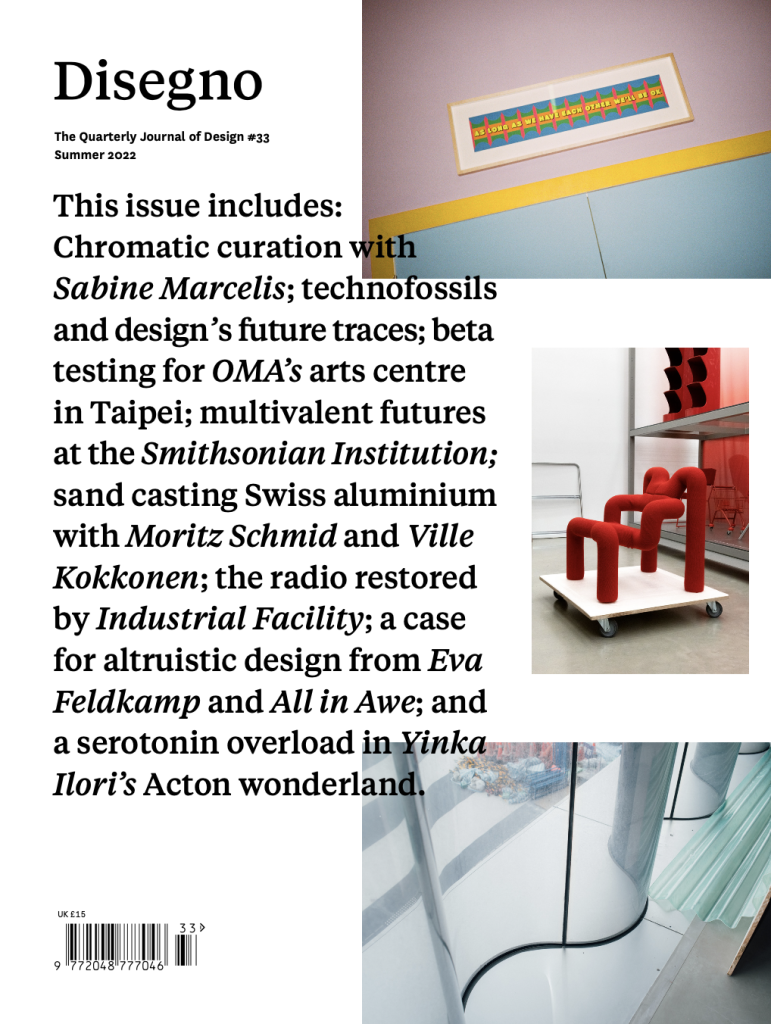
I began by restoring the files typically used in conventional book design, then map them onto the UV grid.
1 I used InDesign to restore book folios.
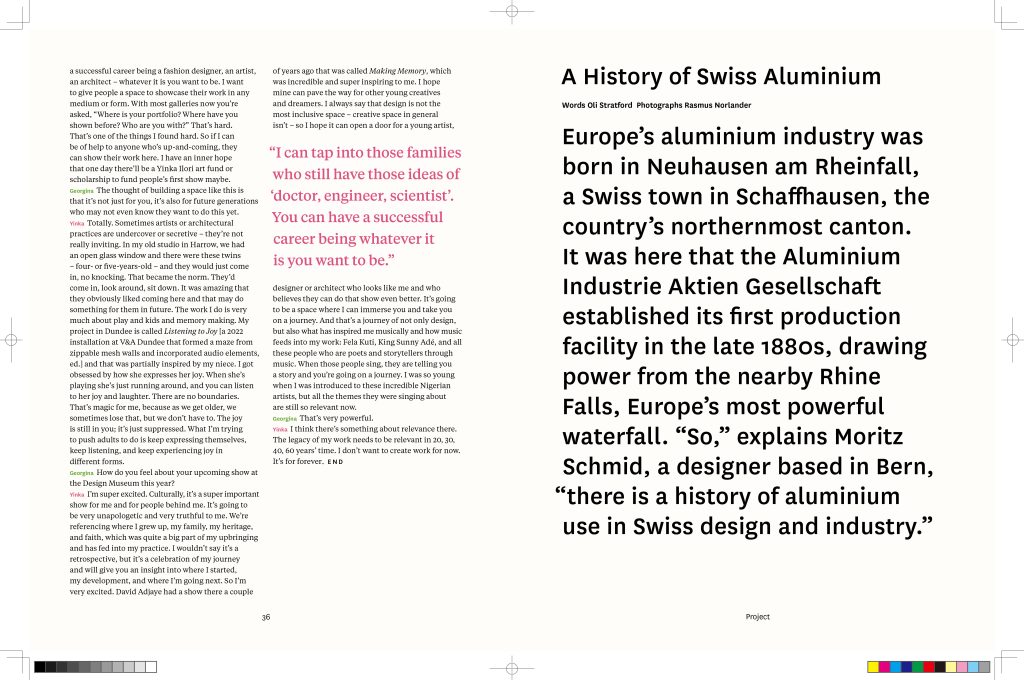
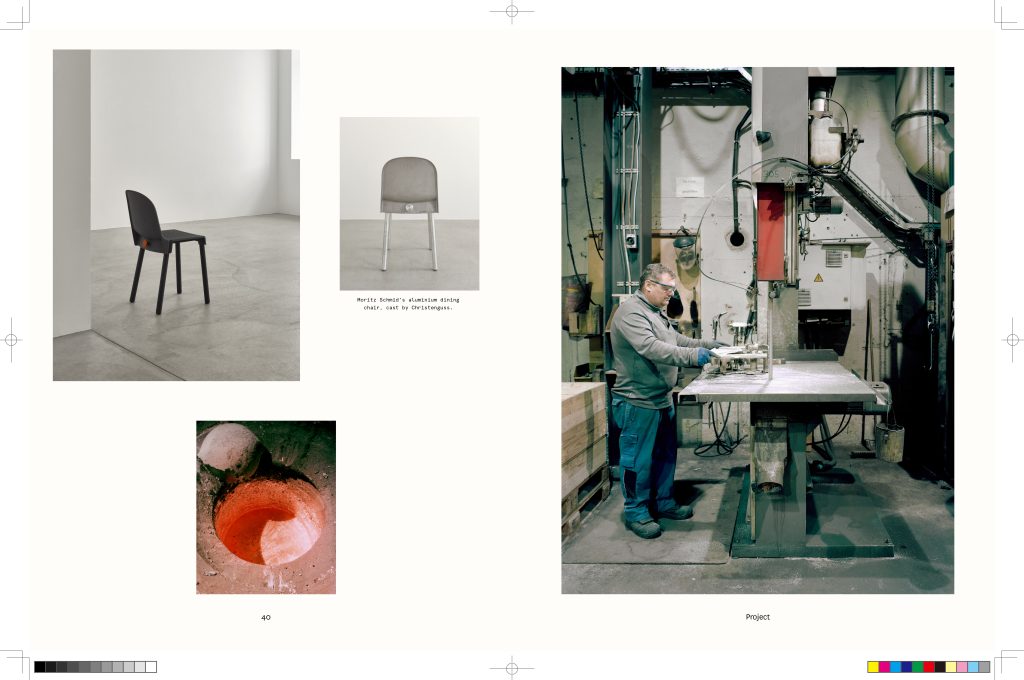
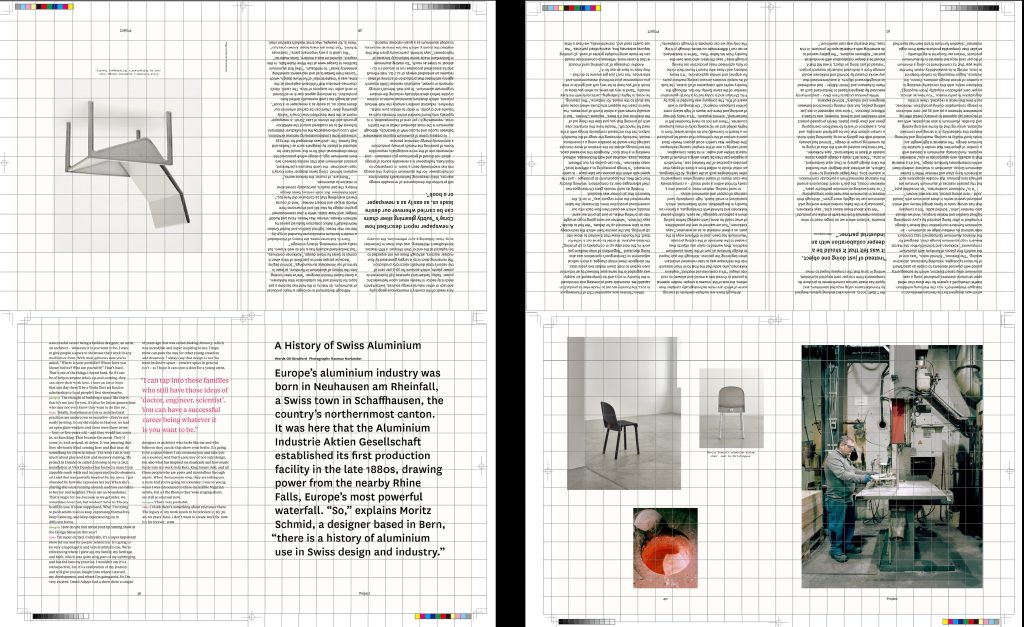
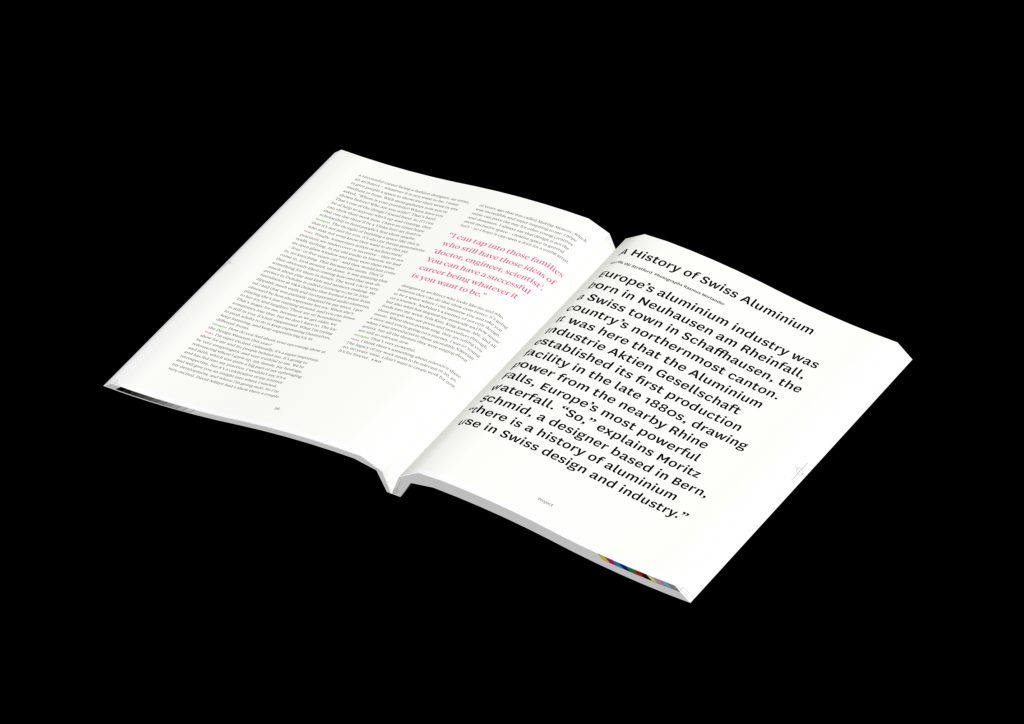
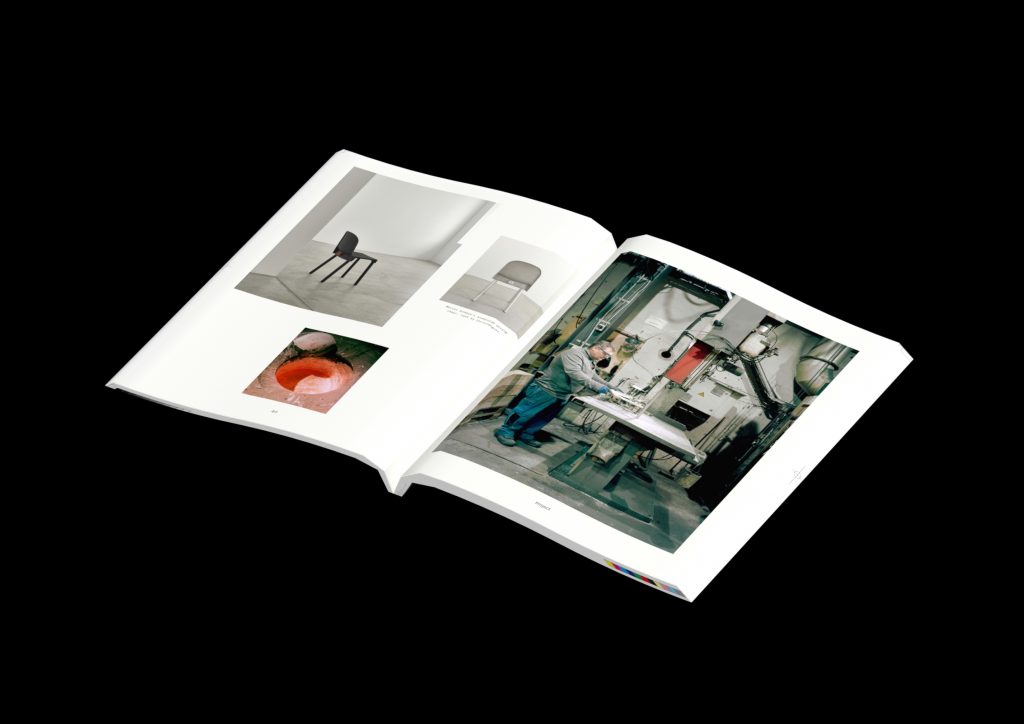
2 I used Kodak Preps to restore the imposition for the entire book.
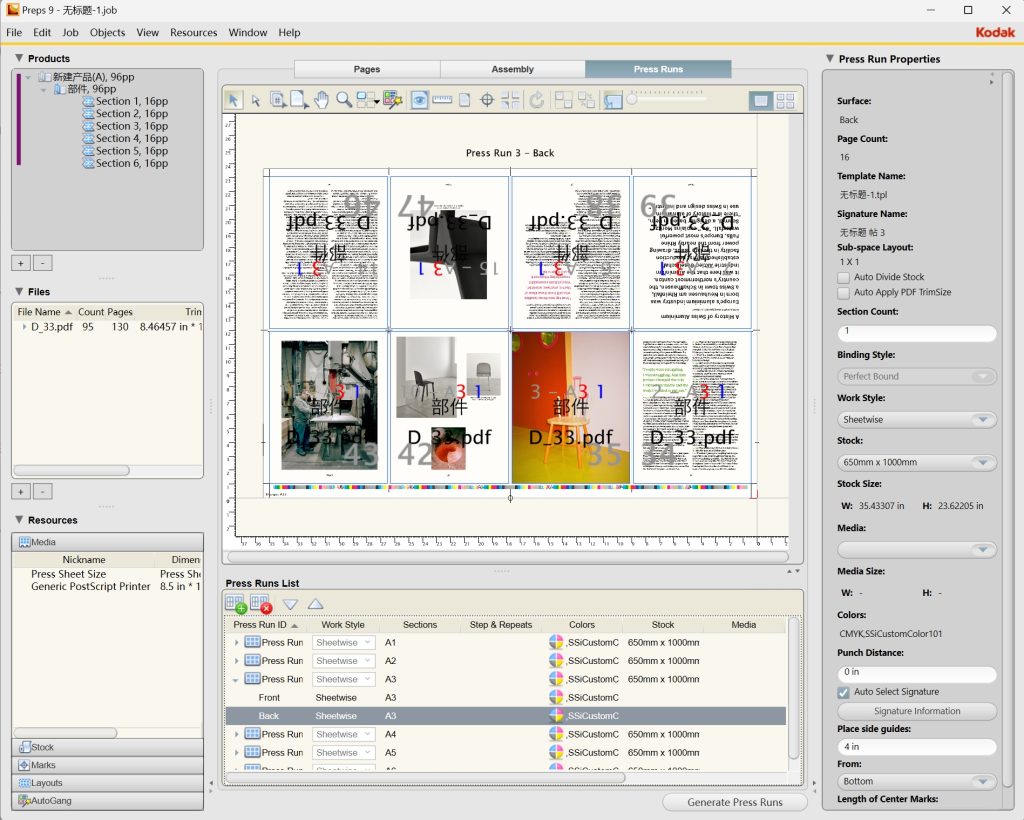
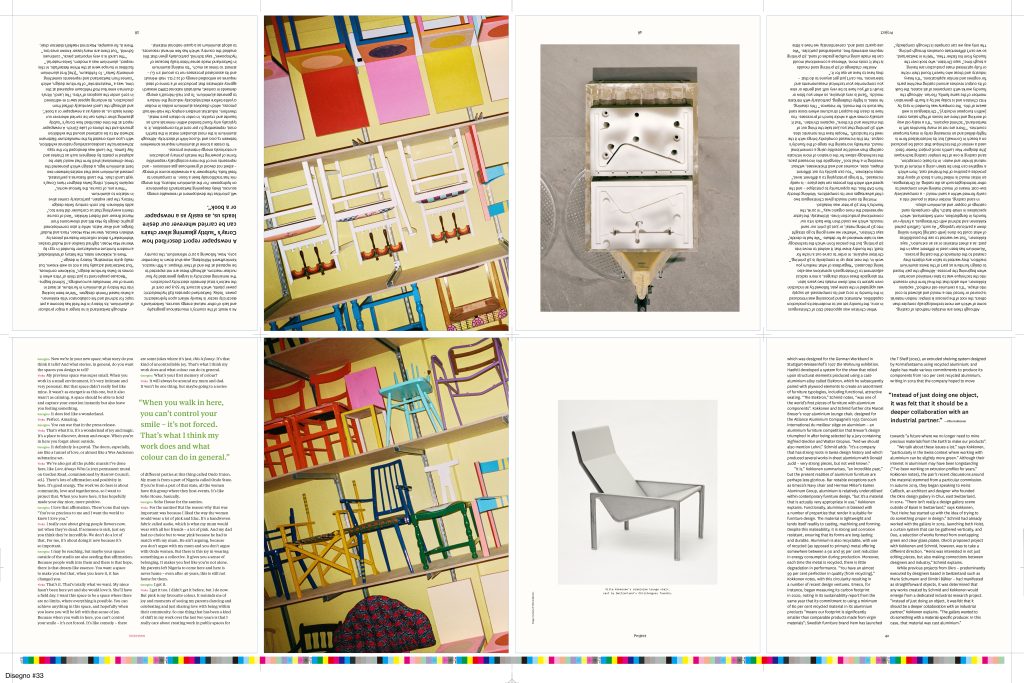
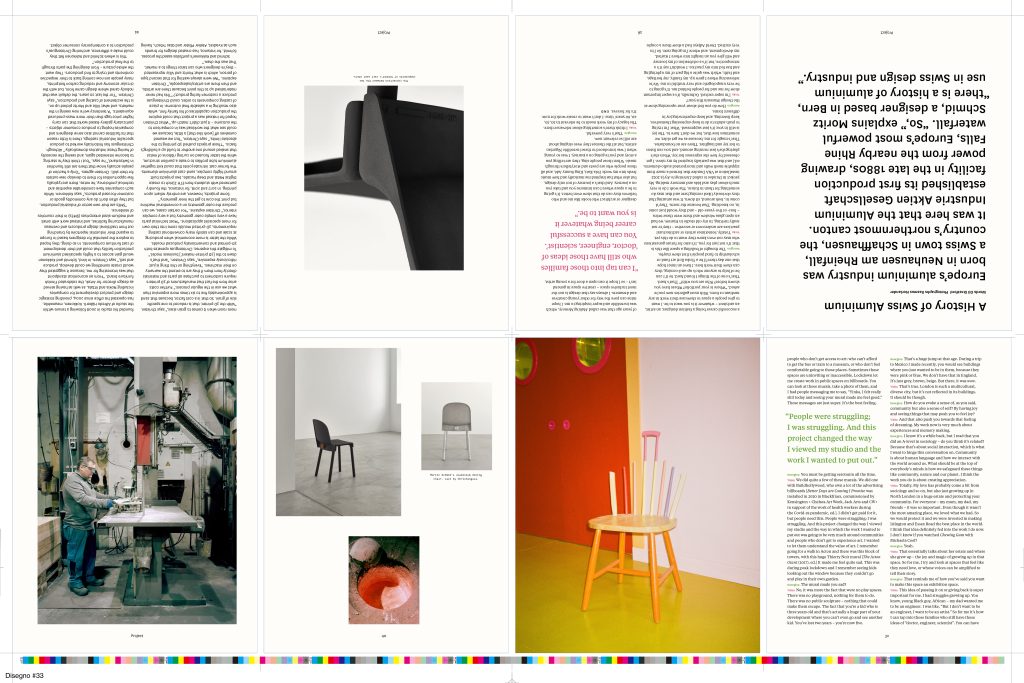
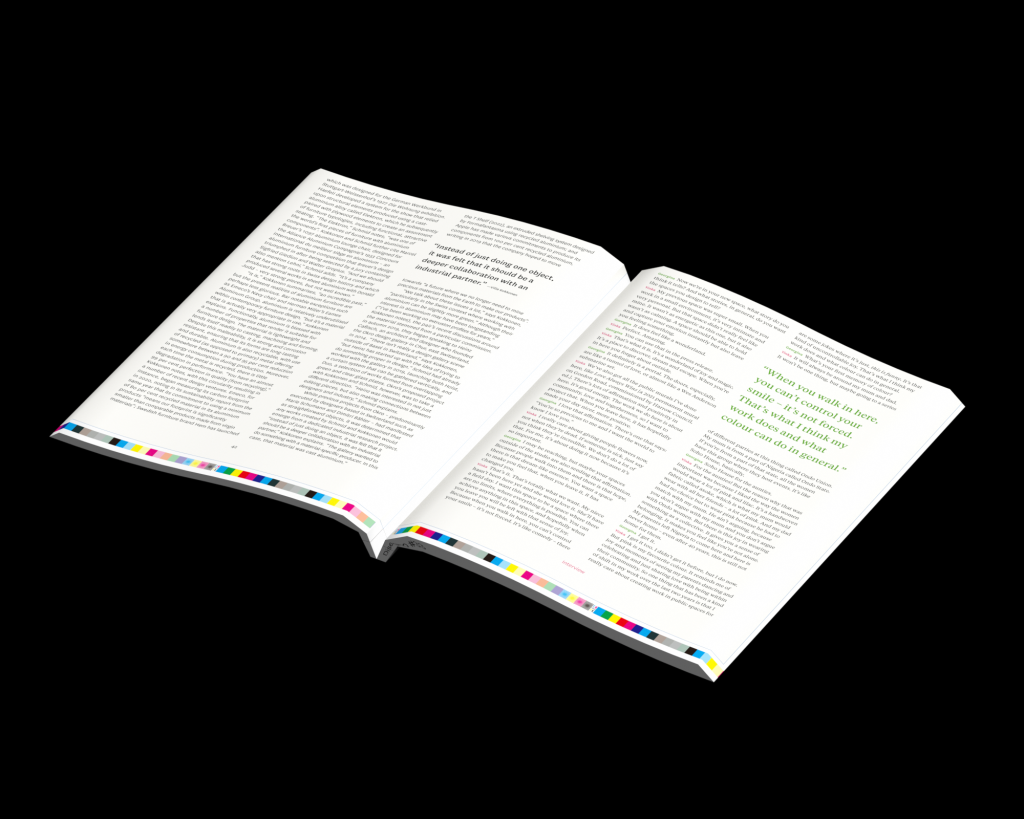
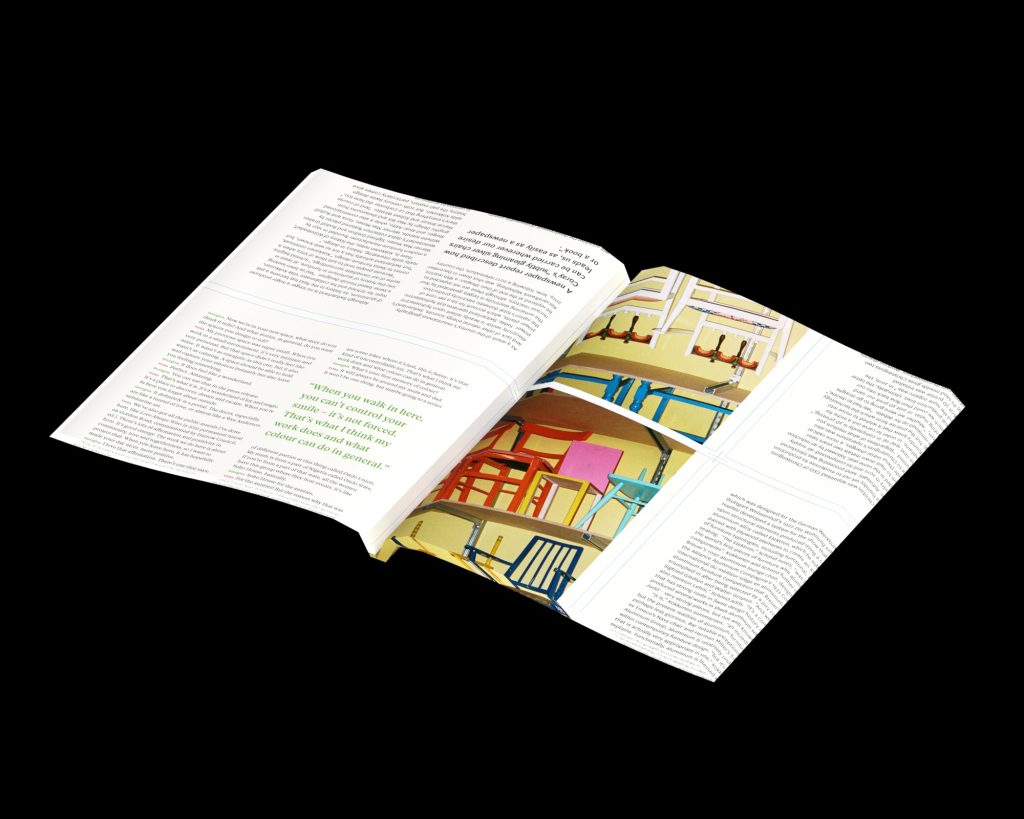
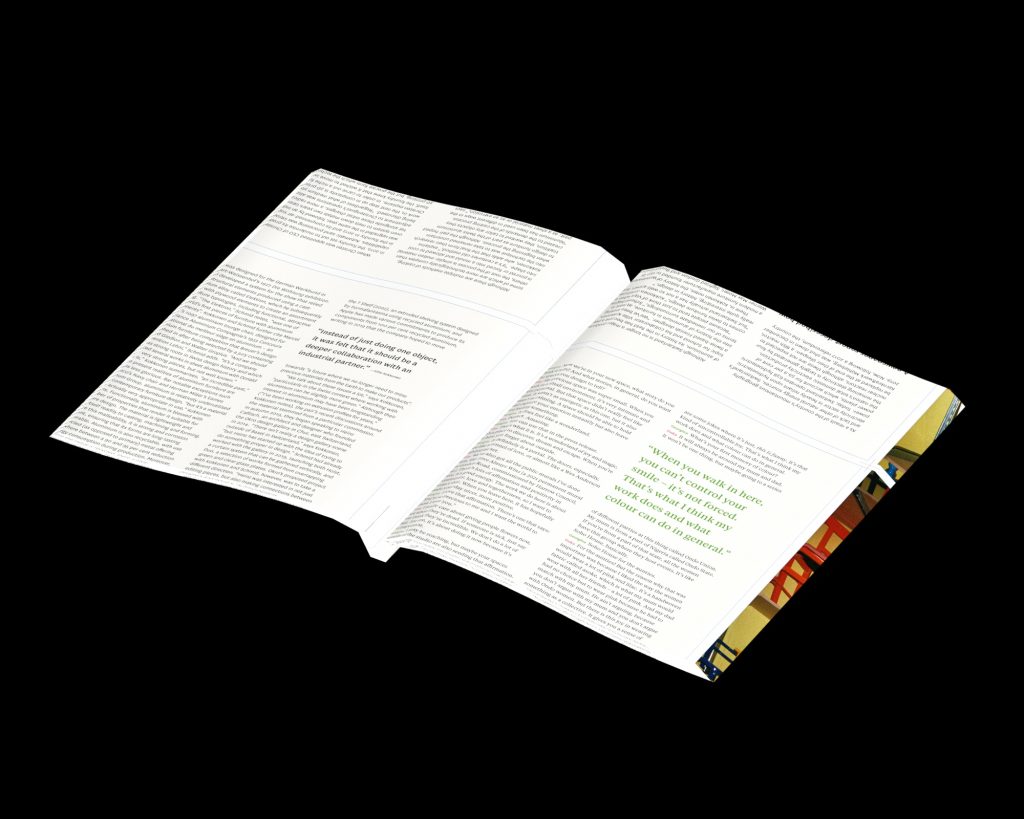
As a result, these new workspaces reveal previously hidden elements of a conventional finished book, such as the colour bar and crop marks, which now become part of the book’s content.
The second attempt is filling in these new areas with existing content from the book.
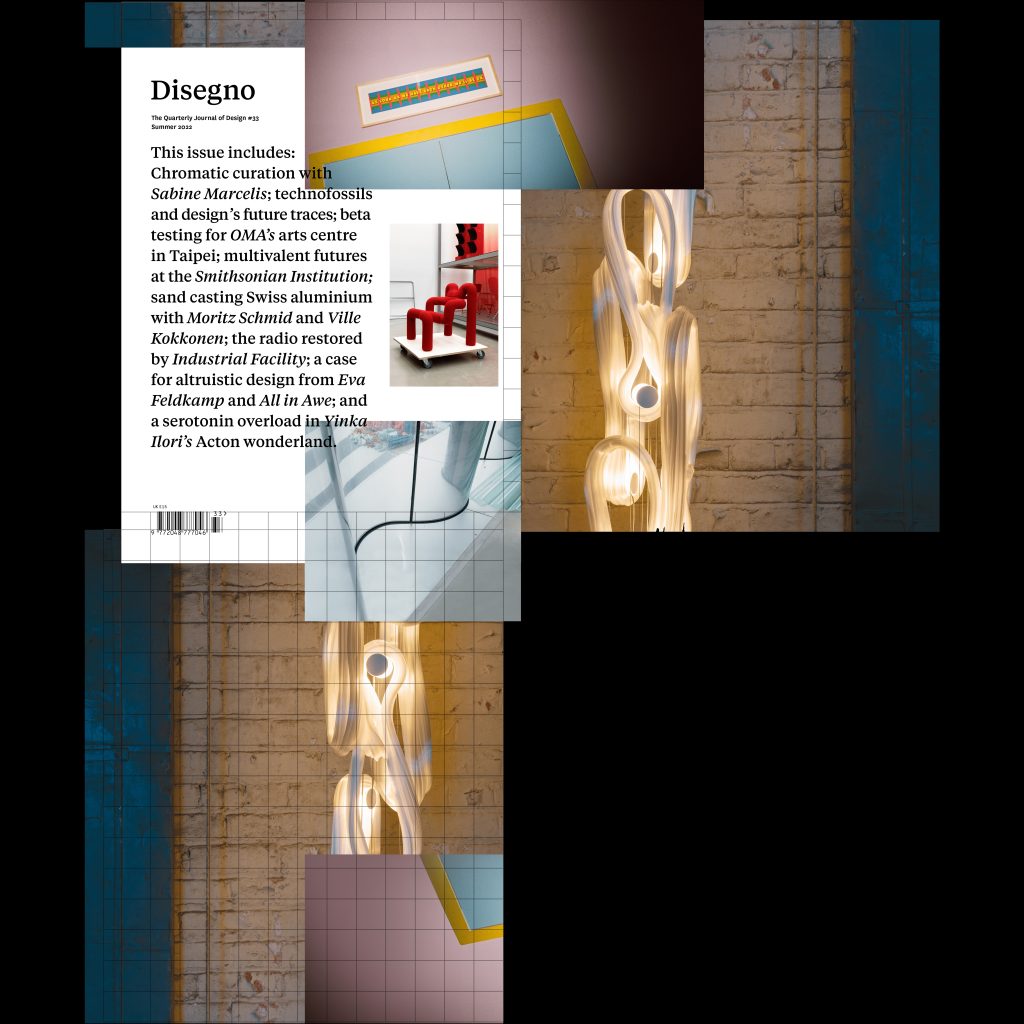
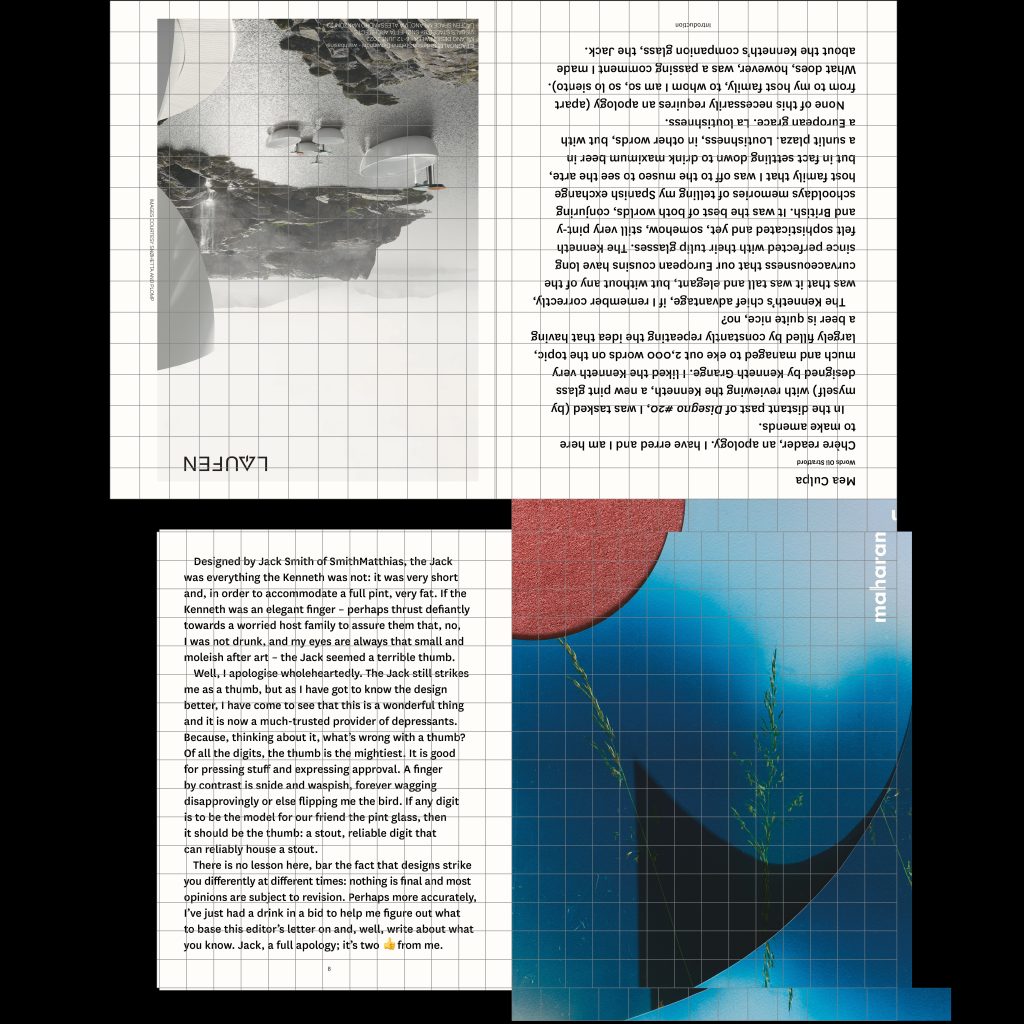
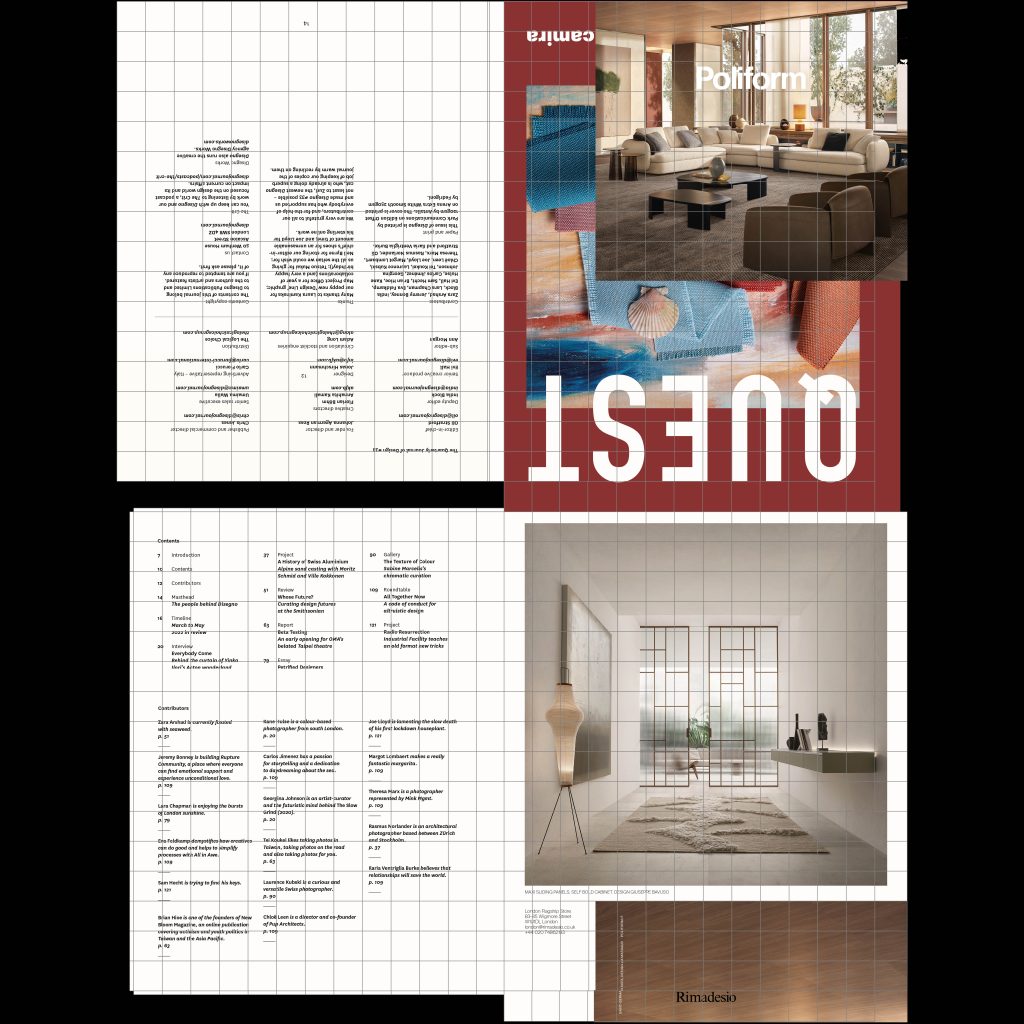

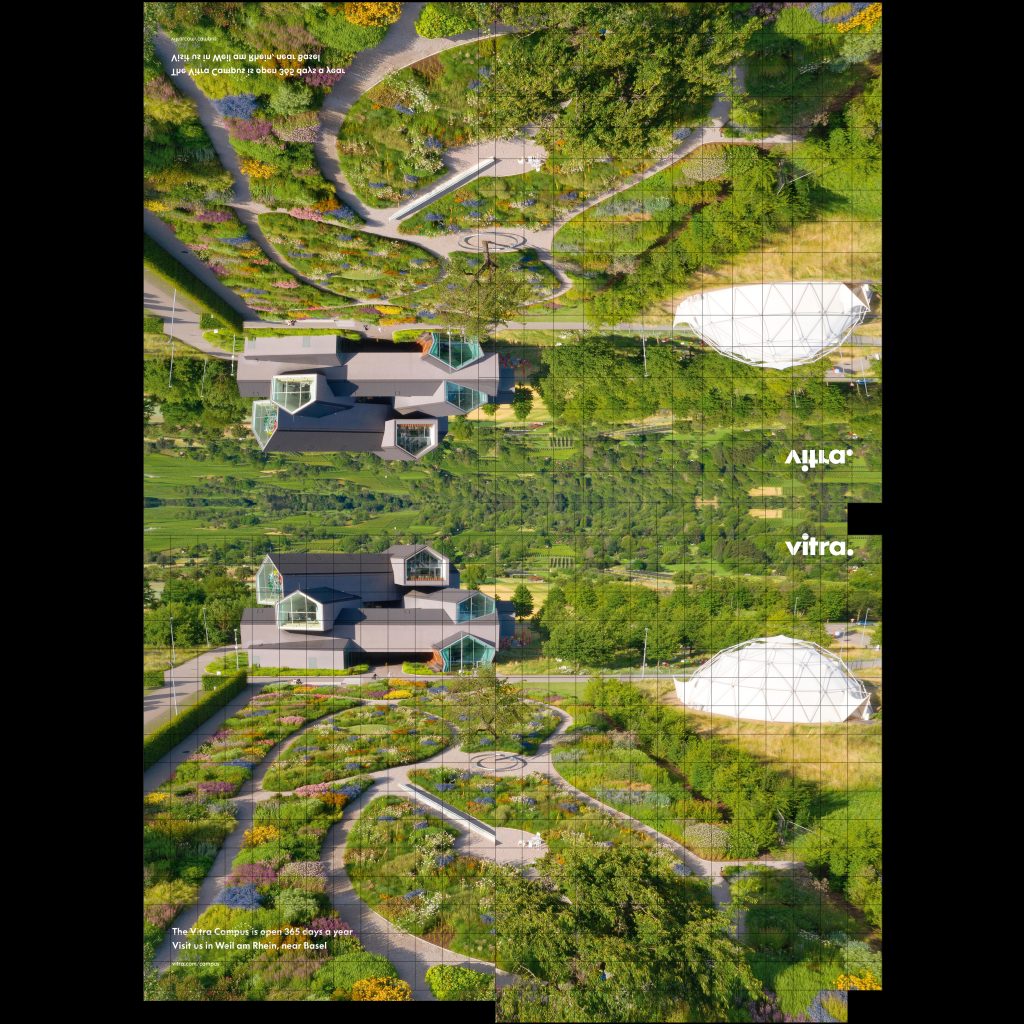
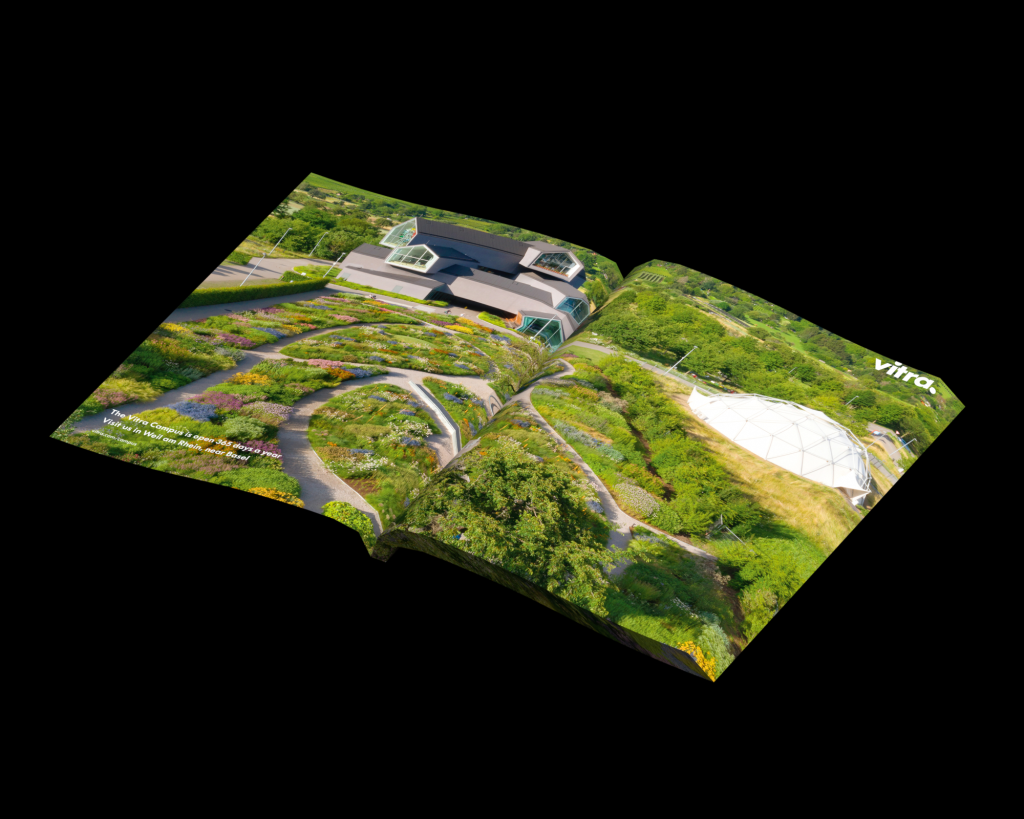
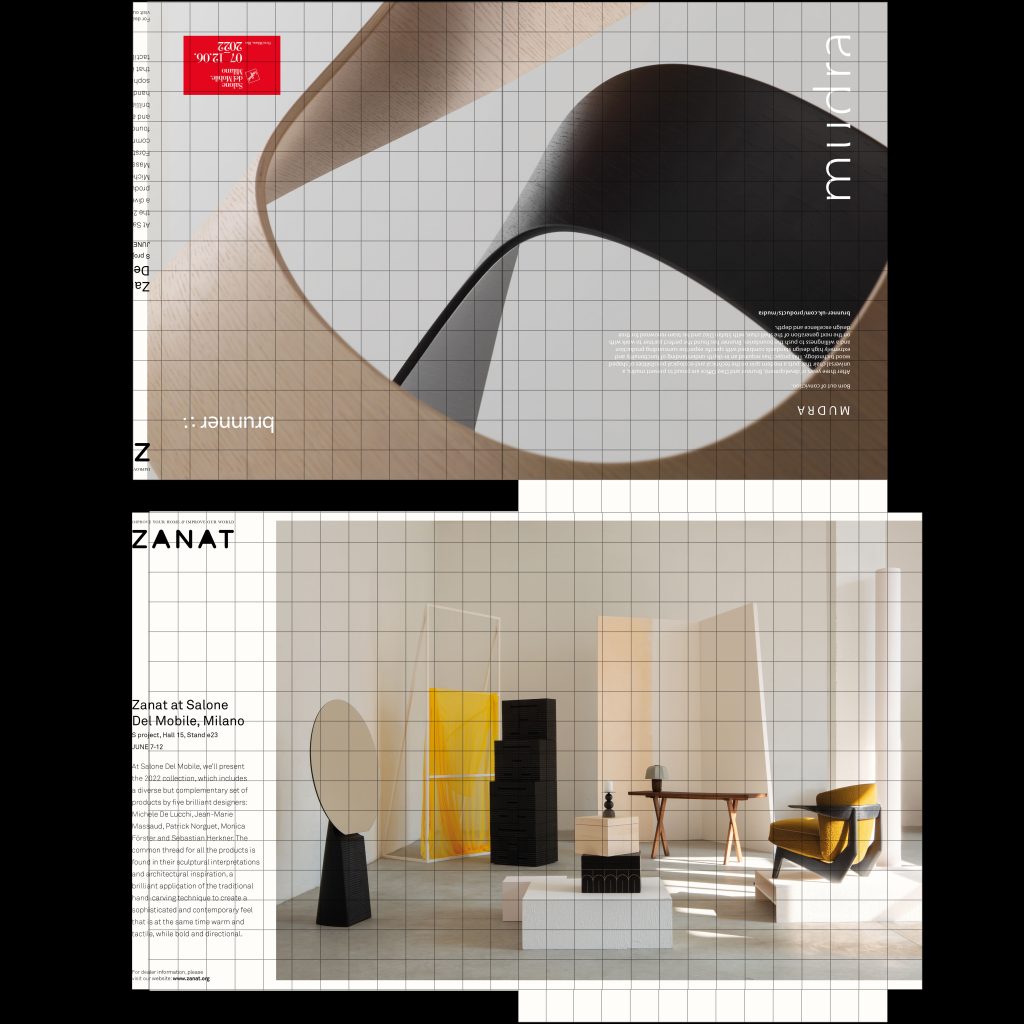
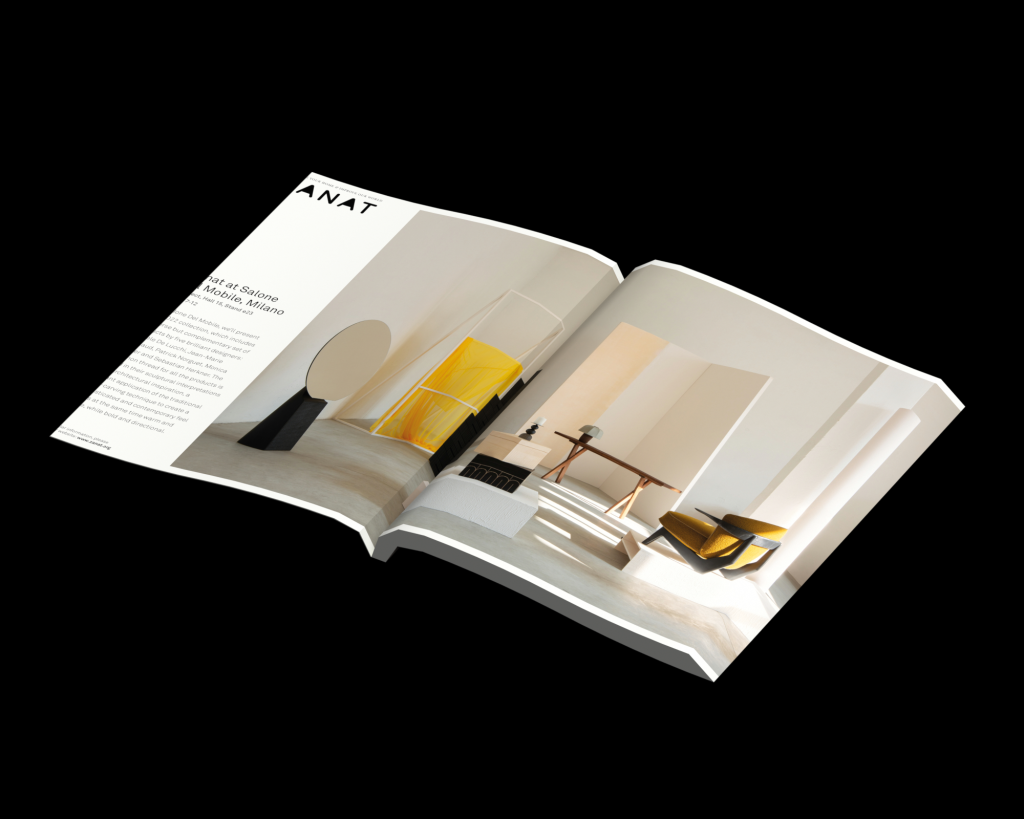
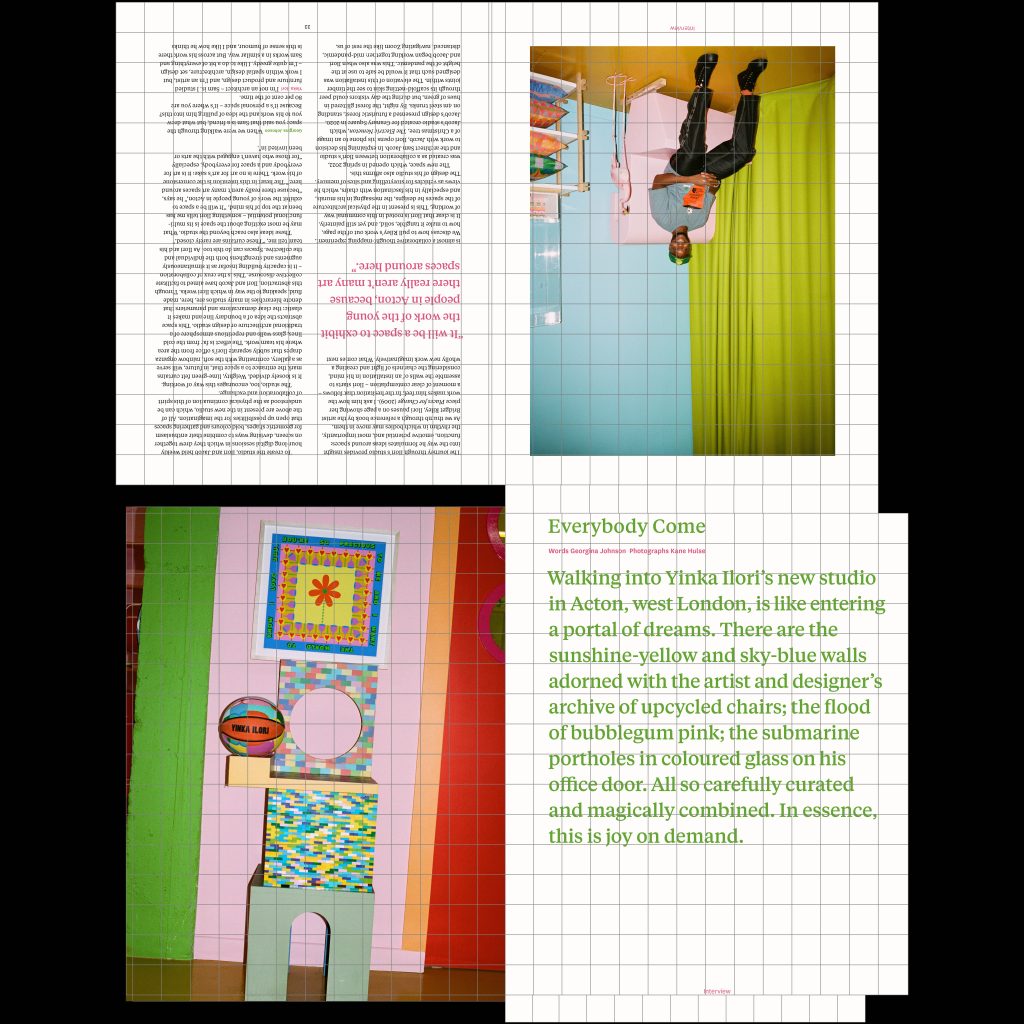
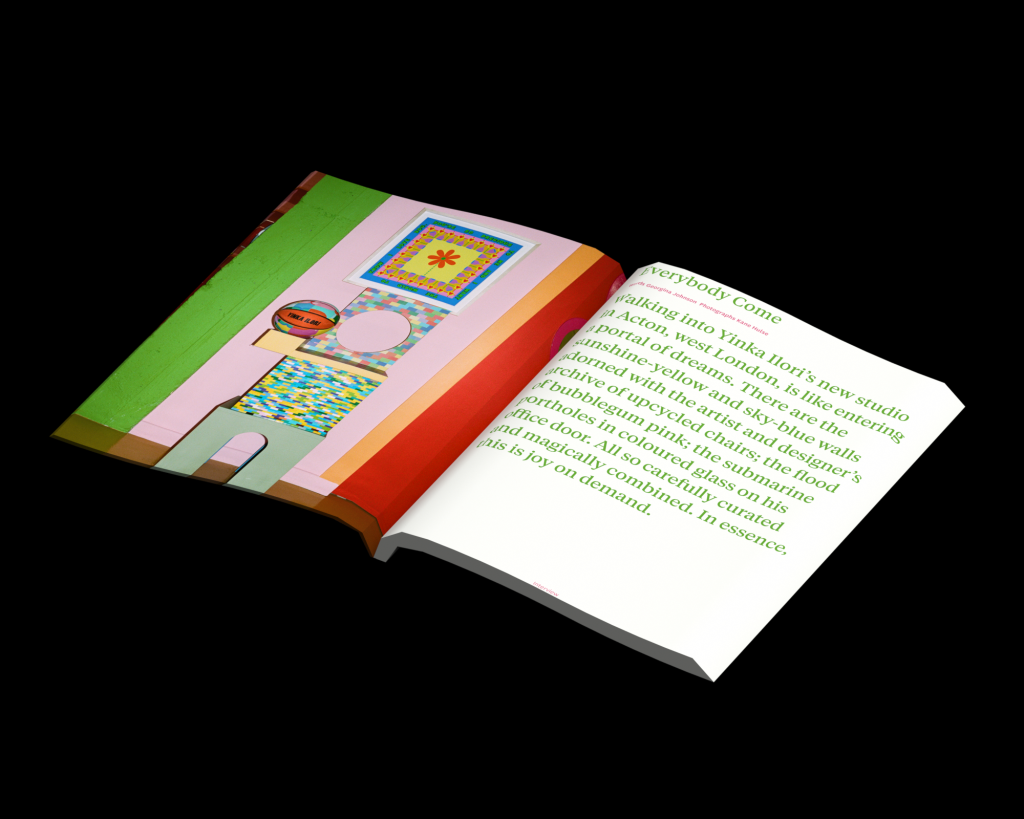
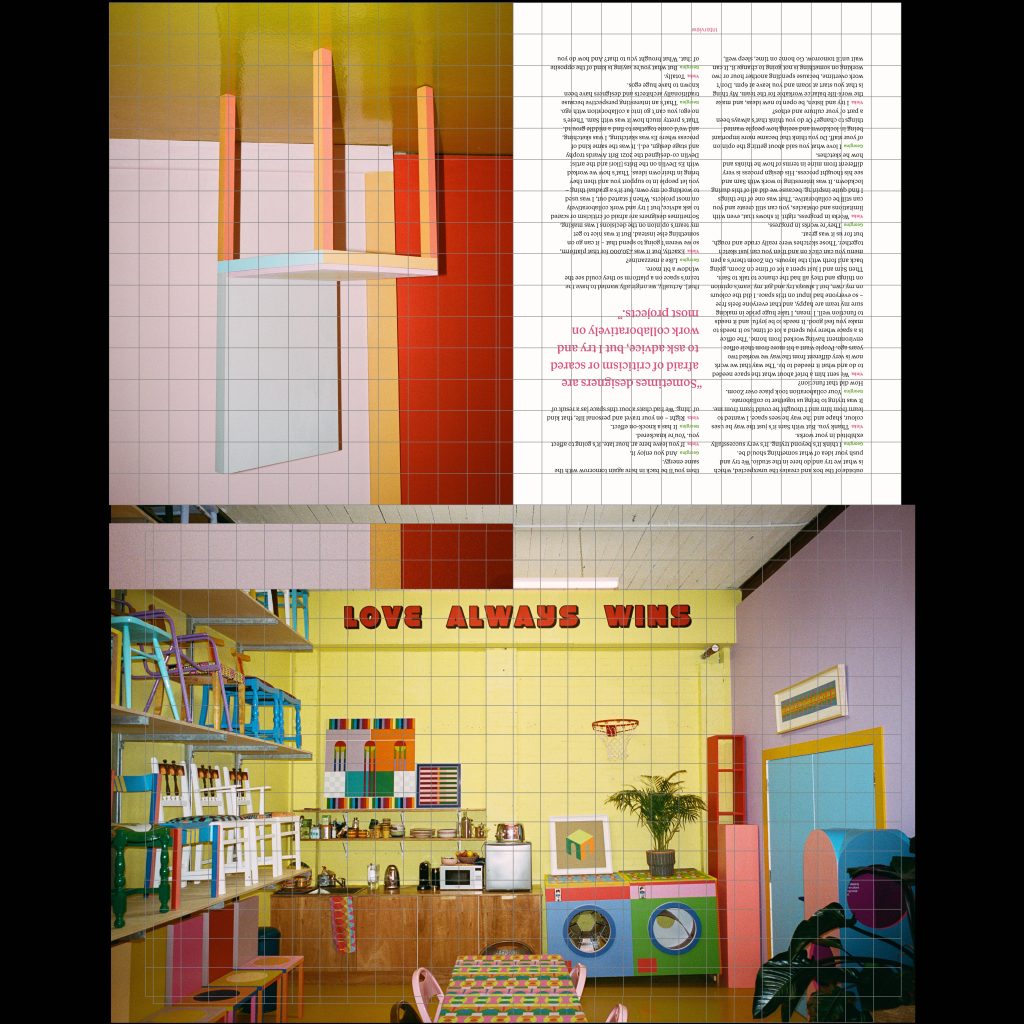
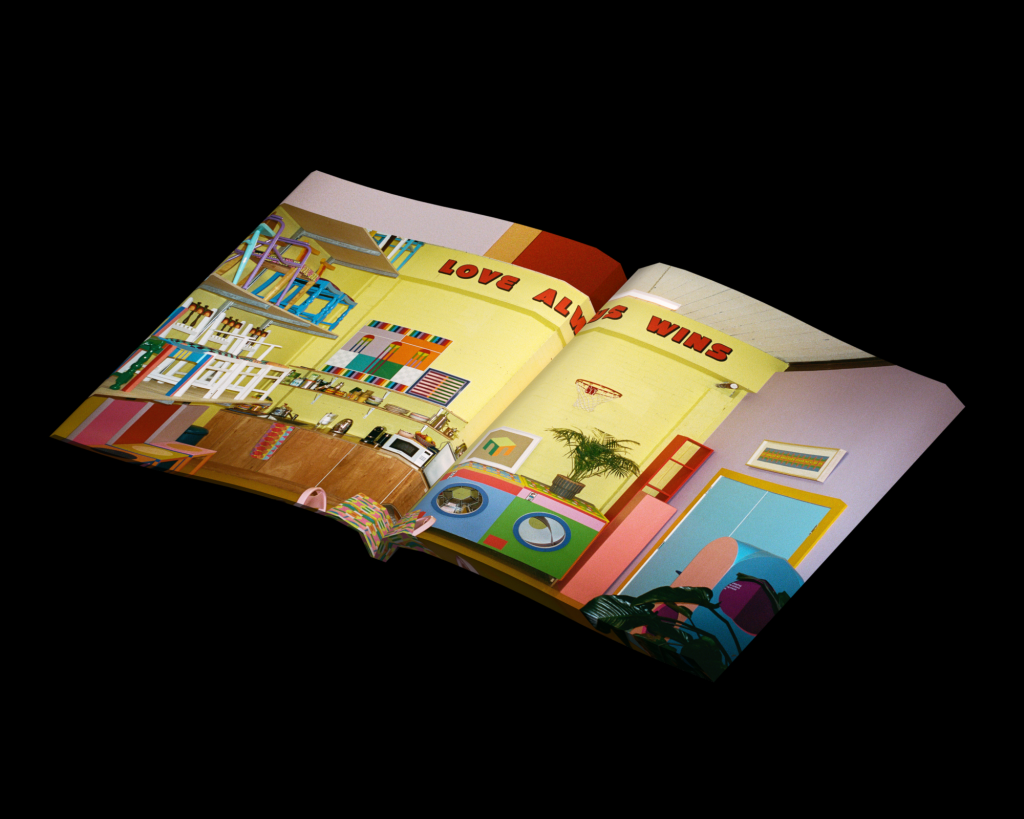
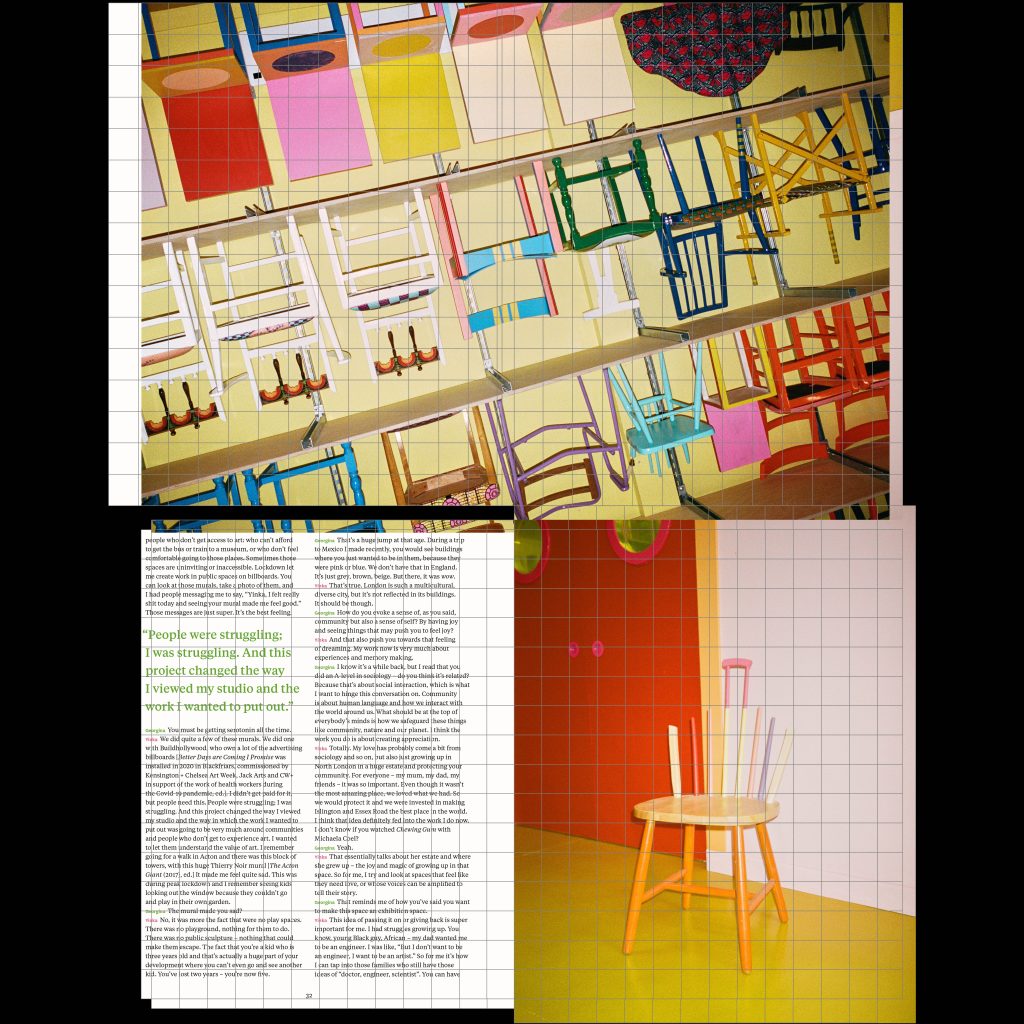
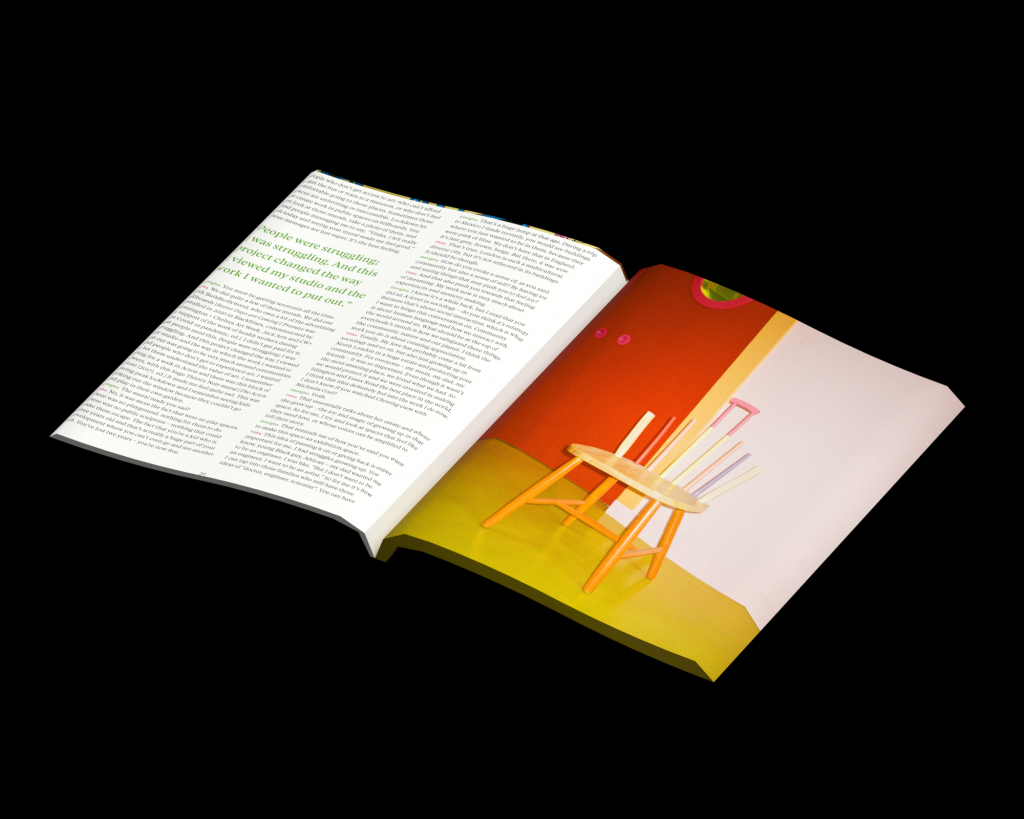
Consequently, the bleed-designed parts extended obviously, stretching beyond the page boundaries and encircling the entire book.
The word “encircling” made me realise that UV map makes the book itself an interface. For such an interface, we read not by flipping pages, but by flipping pictures.
This form introduces some new considerations:
Each E-book becomes an interface by partially retaining the physicality of books, like Kindle preserves the action of flipping through pages; scanned books converted into PDF retain the traces of paper and printing.
And what I retain is the “surface” of physical books.
If I adopt the UV map perspective, define a book as an image that changes continuously in the same position with a certain systematicity, then,
Are billboards books?
Is the screen projecting cine film books?
How does such a book differ from Kindle, iPad, or e-books on computer screens?
Or, let me ask it on the contrary:
Can a book with only one page be called a book?
If we can manipulate its surface, can a sheet of paper be called a book?
If we move the images on this page at a fast enough speed, could this “book” become something like a movie or animation? How does this differ from traditional frame-by-frame animation?